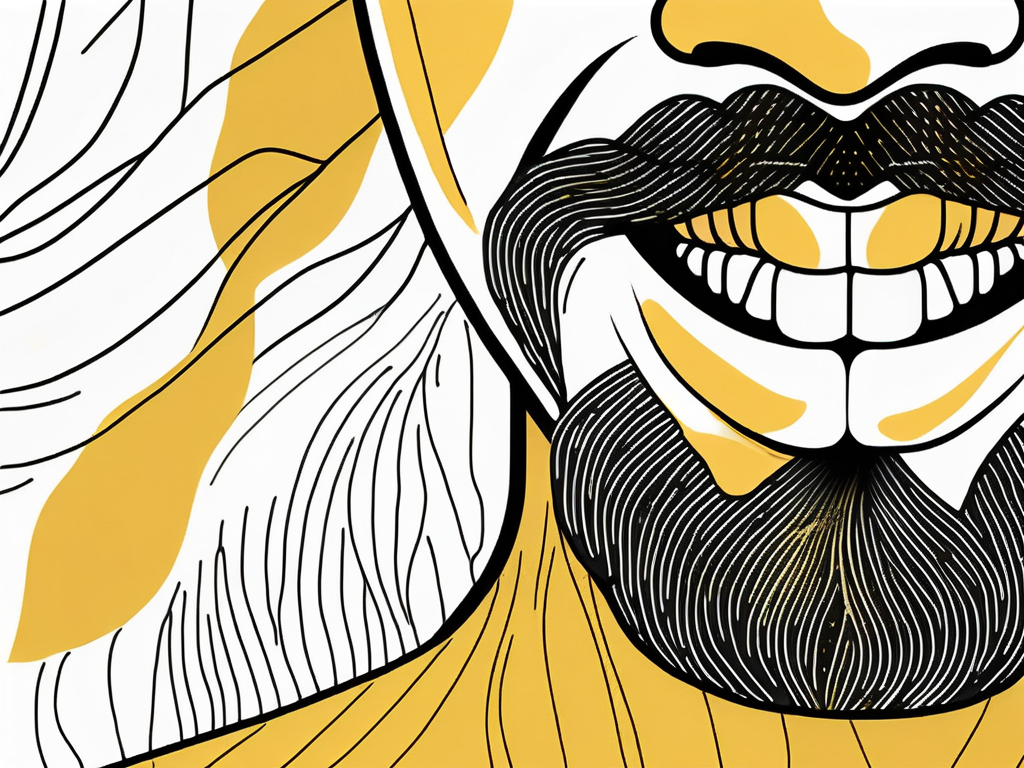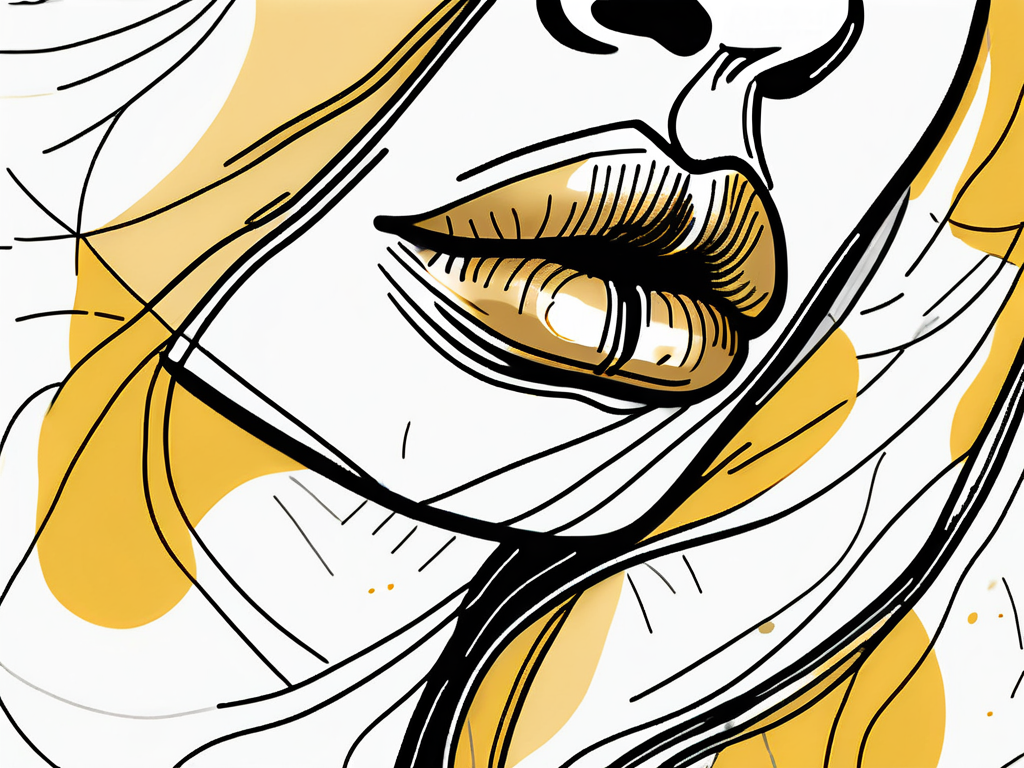Author: Faiysal Kothiwala
Published at: Jul 31, 2024
Did you know that the average person has about 100,000 hair follicles on their scalp? Yet, when it comes to facial hair, some of us may wonder why we only grow hair on our chin and mustache. This pattern is often influenced by genetics, hormone levels, and age.
Many men experience uneven beard growth, especially in their younger years. Understanding the factors can help you address this common issue and explore potential solutions for achieving a fuller beard.
Most of the time genetics lay the groundwork for hair growth on the chin and mustache. However, there are other factors that can also influence this phenomenon.
Hormones, specifically testosterone and dihydrotestosterone (DHT), play a significant role in facial hair growth. During puberty, testosterone levels rise, triggering the growth of thicker and denser hair on the face. DHT, a byproduct of testosterone, further stimulates the growth of facial hair during adolescence.
However, not all men produce the same levels of testosterone or DHT, which can explain the variation in facial hair growth patterns among individuals. Hormonal imbalances or conditions such as polycystic ovary syndrome in women can also contribute to abnormal facial hair growth.
Moreover, the influence of hormones on hair growth extends beyond puberty. In adulthood, fluctuations in hormone levels can impact the thickness and distribution of facial hair. For instance, stress can lead to an increase in cortisol levels, which may inhibit the growth of facial hair.
As we age, our hormones can fluctuate, leading to changes in facial hair growth patterns. Many men notice that their facial hair becomes sparser or grayer with age. This can be attributed to a decrease in testosterone levels and an increase in the hormone estrogen, which affects hair follicle activity.
Additionally, hair growth patterns may change due to hormonal shifts associated with aging. The goatee and mustache, for example, often become more prominent in middle-aged men, while other facial hair areas may thin out.
Furthermore, environmental factors can also influence hair growth on the chin and mustache. Exposure to pollutants and toxins in the air can impact the health of hair follicles, potentially affecting the thickness and growth rate of facial hair.
It's essential to consider both internal and external factors when examining the complexities of hair growth in different individuals.
Now that we've explored the factors behind chin and mustache hair growth, let's delve into some common hair growth patterns seen in men.
The goatee and mustache combo is a classic and widely seen hair pattern in men. Many factors contribute to its popularity, including the ease of maintenance, versatility in styling, and cultural preferences.
This style allows men to embrace their facial hair while still maintaining a clean and sophisticated look.Interestingly, the goatee and mustache combination has historical significance in various cultures. In some ancient civilizations, this particular facial hair style symbolized wisdom and masculinity.
Using a quality beard kit can help maintain and style this look with precision, ensuring it always appears well-groomed and attractive. Today, while the symbolism may have evolved, the charm of the goatee and mustache remains timeless.
While some men rock the goatee and mustache with confidence, others may sport more unique or uncommon facial hair patterns. From soul patches to sideburns, these unconventional styles can add a touch of individuality to one's appearance. Embrace the quirkiness, and let your facial hair be an extension of your personality.
Exploring uncommon facial hair patterns can be a fun journey of self-expression. Soul patches, for example, have a long history of being associated with creativity and non-conformity. They have been donned by artists, musicians, and free spirits as a symbol of rebellion against societal norms.
Sideburns, on the other hand, have had their own evolution in fashion, from being a symbol of masculinity in the 19th century to a trendy accessory in the 1970s. Whatever facial hair pattern you choose, remember that it's not just hair - it's a statement.
For those who prefer a clean-shaven look or find themselves dealing with unwanted facial hair, fret not, for there are various hair removal methods available.

Unwanted facial hair can be a source of frustration for many individuals, impacting their self-confidence and grooming routines. Fortunately, with the plethora of hair removal options on the market, achieving smooth, hair-free skin is within reach.
While chin and mustache hair growth is a natural occurrence, there are instances when it's wise to seek medical advice.

If you notice sudden or excessive hair growth, particularly in areas where you typically have little to no hair, it's essential to consult a healthcare professional. Abnormal hair growth can be a symptom of an underlying medical condition that requires attention.
Several medical conditions can cause abnormal facial hair growth in both men and women. Polycystic ovary syndrome (PCOS), hirsutism, and certain hormone disorders can result in excessive facial hair. Seeking medical advice can help identify the underlying cause and provide appropriate treatment options.
So, dear reader, the mystery of why you only grow hair on your chin and mustache has been unveiled - genetics, hormonal influences, and age all play a role in this fascinating phenomenon.
Whether you rock a well-groomed goatee or embrace your own unique facial hair pattern, remember that your chin and mustache are a reflection of your individuality. Embrace it, groom it, and wear it with pride!
Furthermore, it's important to note that stress and lifestyle factors can also impact hair growth patterns on the face. High-stress levels can sometimes trigger hormonal imbalances, leading to changes in hair growth.
Additionally, a diet lacking in essential nutrients can affect the health and thickness of facial hair. Therefore, maintaining a healthy lifestyle, managing stress effectively, and ensuring a balanced diet can contribute to maintaining optimal facial hair growth.
If you are experiencing persistent issues with facial hair growth or have concerns about sudden changes in your hair pattern, scheduling an appointment with a dermatologist can provide valuable insights.
Dermatologists specialize in diagnosing and treating conditions related to the skin, hair, and nails, including abnormalities in hair growth. They can conduct thorough evaluations, recommend appropriate treatments, and offer personalized advice on how to care for your facial hair.
Understanding why you only grow hair on your chin and mustache involves considering factors such as genetics, hormone levels, and age. By maintaining a healthy lifestyle, managing stress, and using quality grooming products, you can enhance your facial hair growth.
Embrace your unique beard pattern with confidence and take steps to optimize your beard care routine for the best results. For premium beard care products, visit The Beard Struggle to achieve and maintain your ideal look.
Comments